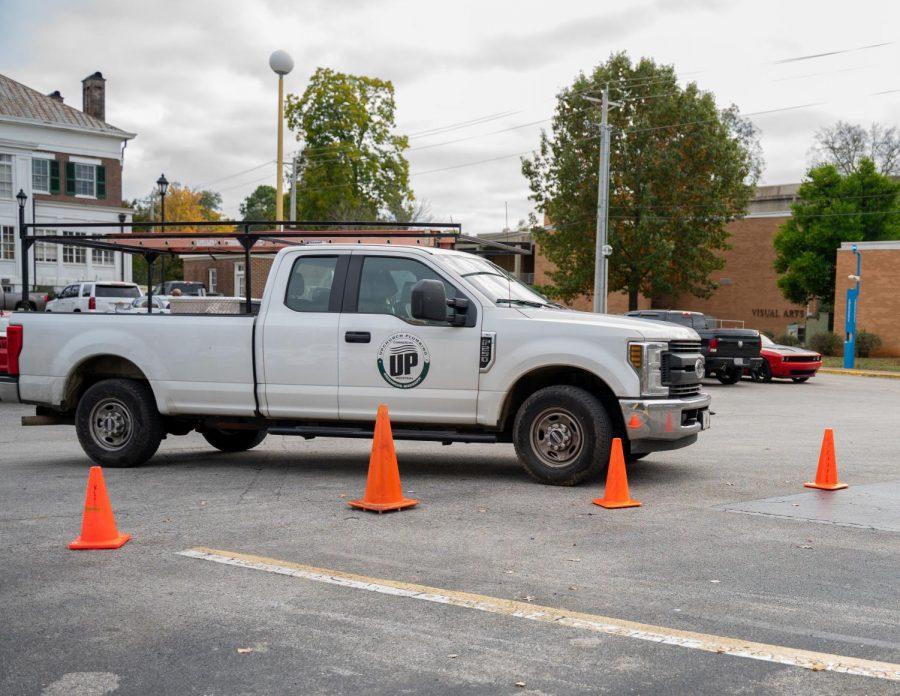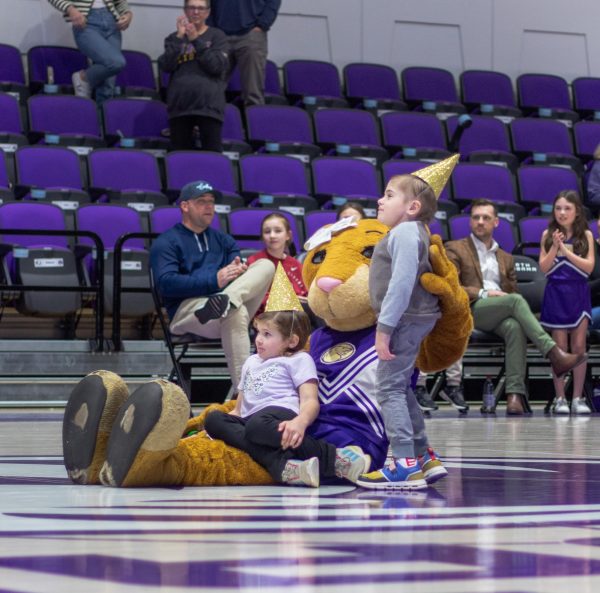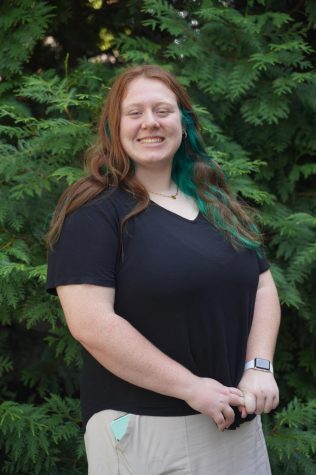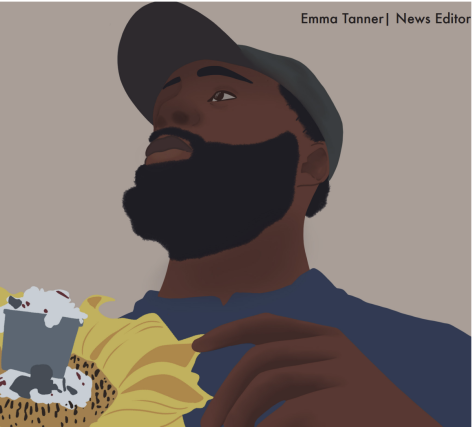Transit Students Find Parking Difficult
October 31, 2019
For many freshman students at UNA, going to class is as simple as walking out of their residence halls and finding their classrooms. For Transit students (freshman commuters), getting to class is not that simple.
For the 2019 – 2020 school year, UNA expected the final enrollment to roughly 8,000 students, surpassing the previous enrollment record set in the fall of 2018 when more than 7,600 students were enrolled. As expected, more enrolled students, means more enrolled Transit students as well.
The University’s current policy requires all Transit students to park off campus and utilize the University bus system.
“We offer several park and ride lots to board the buses to campus.” according to UNA’s website. Your only other option is to park off campus on the city streets.” UNA’s website also mentions that through the bus system, “We offer: UNA Transit Students stress free parking.”
As a freshman transit student, Grace Brimer said, “stress free parking” is not exactly the best way to describe what the University currently offers.
“I have been late [for class] a few times, and other times I have been so angry that I just chose to go home, instead of having to walk for 15 plus minutes, just to attend my classes and get there on time,” Brimer said. You have to arrive a minimum of 30 minutes to an hour early if you want to be able to park in the church lot.”
One of the closest locations for transit students to park is the College View Church of Christ, located on Pine Street. As of last year, 33.8% of freshmen were commuters. All 337 of them were not allowed to park on campus and had to fight to park at places such as College View, find street parking or be prepared to walk from downtown.
UNA encourages Transit students to utilize their bus system, however, routes such as the “Pride Route” only pick students up from locations around campus, which Transit students cannot utilize due to their inability to park on campus. There are three more routes in addition to this. “Leo’s Bus Route” picks students up from the University’s apartment complexes. “The Gold Route” and “The Purple Route” run the same routes, stopping at locations during various times.
Only one of the many locations of all of these routes can be realistically utilized by Transit students. The Florence Parking Deck in a stop location for “The Pride Route.” Other than the deck, freshman commuters are left to find parking and get to class on time, on their own.
This University policy that prevents freshman commuters from parking on campus was implemented back in 2011. For nine years, commuter freshmen have been dissatisfied with their parking limitations.
While this policy was an attempt by the university to alleviate parking issues on campus, it can be interpreted in a negative light.
Last year, Senator Kayla Wright, made a proposal for transit parking while she was a member of Freshman Forum. As a commuter herself, Walton knew more than anyone just how vital the fight for commuter freshman to park on campus was and continues to be.
“[My proposal] was about allowing freshmen to use to parking we already have,” Write said. She did not want for new parking spots or lots to be constructed for commuter parking, but for those students to utilize the near empty spaces and lots the University already possess.
“The parking committee passed it, but Staff Senate wanted statistics,” Wright said. “Faculty Senate was concerned for white spaces because those are for faculty members. Student Senate did not pass the proposal because there’s a lot of parking on the street, even though statistically it is not. Over a third of freshmen were commuters last year.”
One of Wright’s main arguments within her proposal was that other schools allow for their Transit students to park on campus. Universities such as the University of Alabama in Huntsville (UAH), the University of Alabama in Birmingham (UAB), Jacksonville State University (JSU), and Auburn University all provide parking spaces or parking lots for their commuter and transit students. The University of North Alabama provides no parking for its Transit students.
Due to the nonexistence of Transit parking, many students are left with no choice but to park within spaces they know will warrant a parking ticket.
Brimer said that she has received a $20 ticket for parking in the OAC lot.
Often times, Transit students chose to live at home during their freshman year in hopes that it will save them money. Paying for parking tickets due to illegally parking on a campus they pay to attend defeats the purpose of saving money.
Wright said this hinders students who are trying to be financially responsible but have to pay tickets.
Transit student, Carson Weigart said that she has to come to school 5 days a week, and just like her peers, she is a full-time student at UNA and yet cannot park on campus.
“On days, when I am not so lucky, I have to park along the roads around Pine Street,” Weigart said. “Some days, I find a good parking spot and just accept the risk of getting a ticket.”
Freshman commuters pay the same amount of tuition as their peers who live on campus, and yet they are the only students not allowed to park on campus. It should also be noted that Dual enrolment students can park on campus while full time commuters cannot.
“Dual enrolled students don’t contribute to the university as a full-time student can and does,” Wright said.
Transit students are full-time students of the University of North Alabama. Many of them, like Wright, Weigart, and Brimer all participate in extracurricular activities, yet are forced to park off campus or risk parking tickets.












